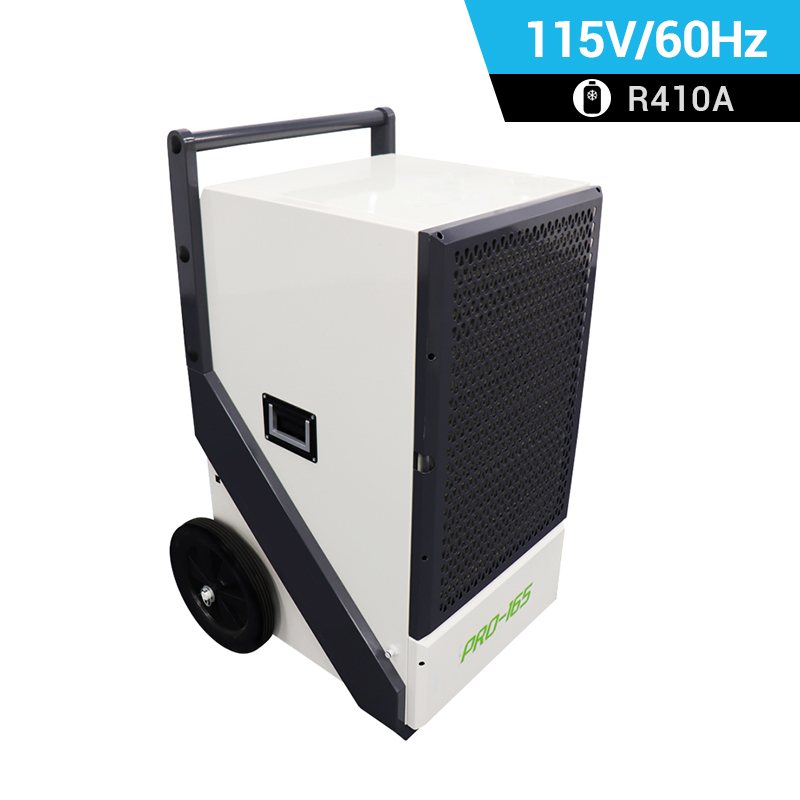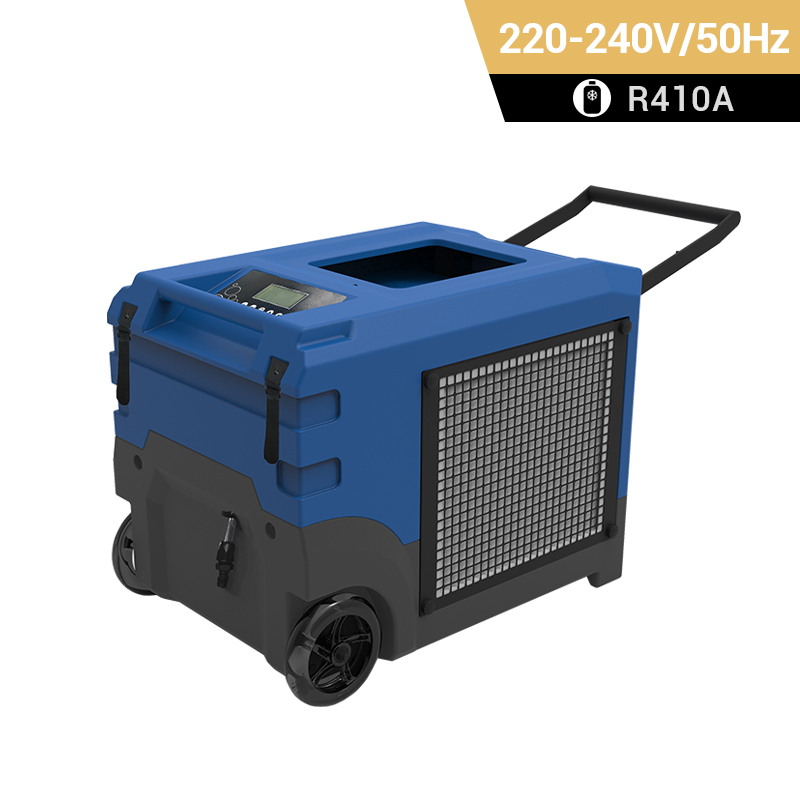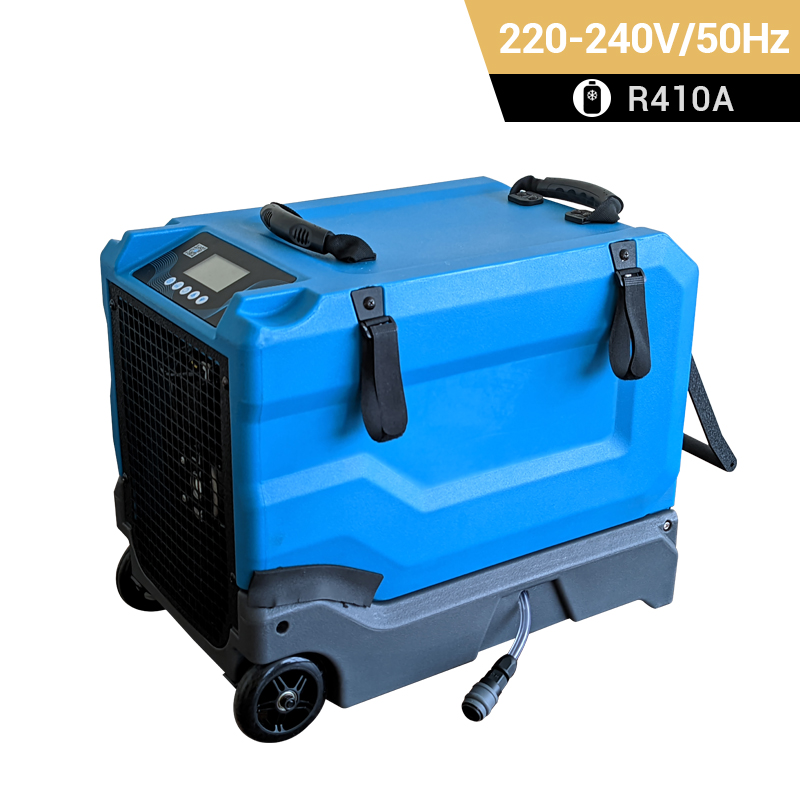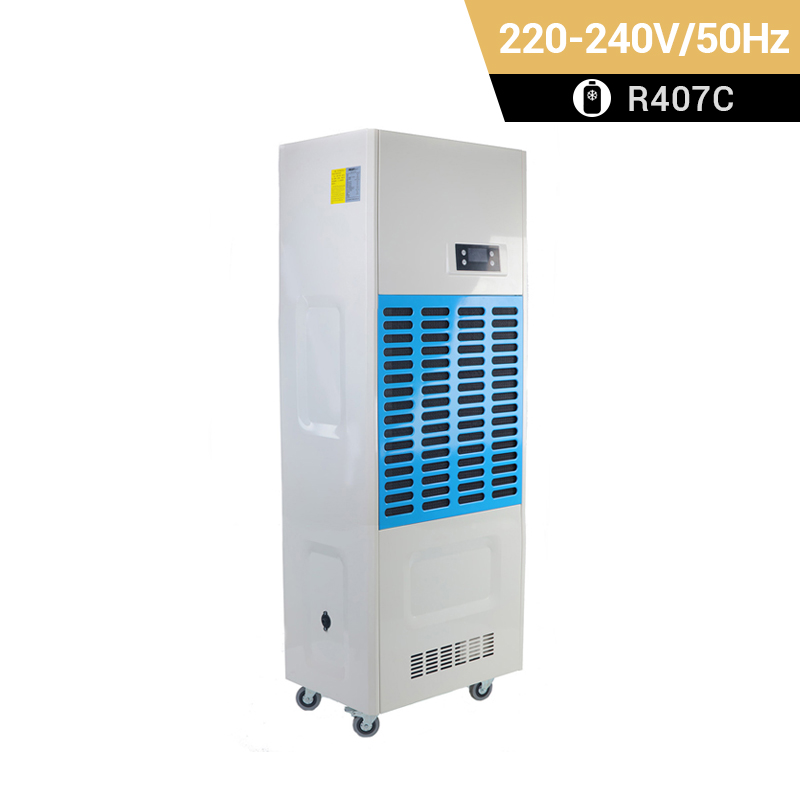 +86-13376814803
+86-13376814803  robert@hzhongtai.com
robert@hzhongtai.com
High Temperature Dehumidifier
High-temperature dehumidifiers are designed to operate effectively in environments with elevated temperatures. These units are particularly useful in industrial settings, commercial kitchens, or other applications where high temperatures and humidity levels are common. Here are some key features and considerations for high-temperature dehumidifiers:
1. Temperature Range:
- Standard dehumidifiers may struggle to perform efficiently in high-temperature environments. High-temperature dehumidifiers are designed to operate in conditions where temperatures are consistently elevated, such as those found in commercial kitchens or industrial processes. Preair ZETA240 ceiling dehumidifier can be operated during the 5℃-38℃.
2. Capacity:
- Consider the dehumidifier's capacity in relation to the size of the space and the level of humidity you need to control. High-capacity units are suitable for large areas or environments with high moisture loads.
3. Corrosion Resistance:
- In environments with high temperatures and humidity, materials can be subjected to corrosion. Look for high-temperature dehumidifiers with corrosion-resistant components to ensure durability.
4. Energy Efficiency:
- Energy-efficient models can help reduce operating costs, especially in environments where dehumidifiers need to run continuously. Check for Energy Star certification or other energy-efficient features.
5. Airflow and Distribution:
- Efficient airflow and distribution of dry air are crucial in high-temperature settings. Choose a dehumidifier with a strong fan and well-designed air distribution features.
6. Installation and Ducting:
- Consider the installation requirements of the dehumidifier. Some high-temperature units may require specific ducting or installation considerations to handle the conditions of the environment.
7. Controls and Settings:
- Look for units with adjustable settings and controls to allow you to customize the dehumidification process based on the specific conditions of the environment.
8. Noise Level:
- In certain applications, such as commercial kitchens or production areas, noise level may be a consideration. Check the decibel rating of the dehumidifier to ensure it meets your requirements.
9. Maintenance:
- Assess the ease of maintenance, including filter replacement and general upkeep. Regular maintenance is important for optimal performance.
Common applications for high-temperature dehumidifiers include manufacturing processes, food processing facilities, bakeries, and other environments where heat and moisture are significant factors. When selecting a high-temperature dehumidifier, it's recommended to consult with the manufacturer or a specialized supplier to ensure that the chosen unit meets the specific requirements of your application.
Related Products


































